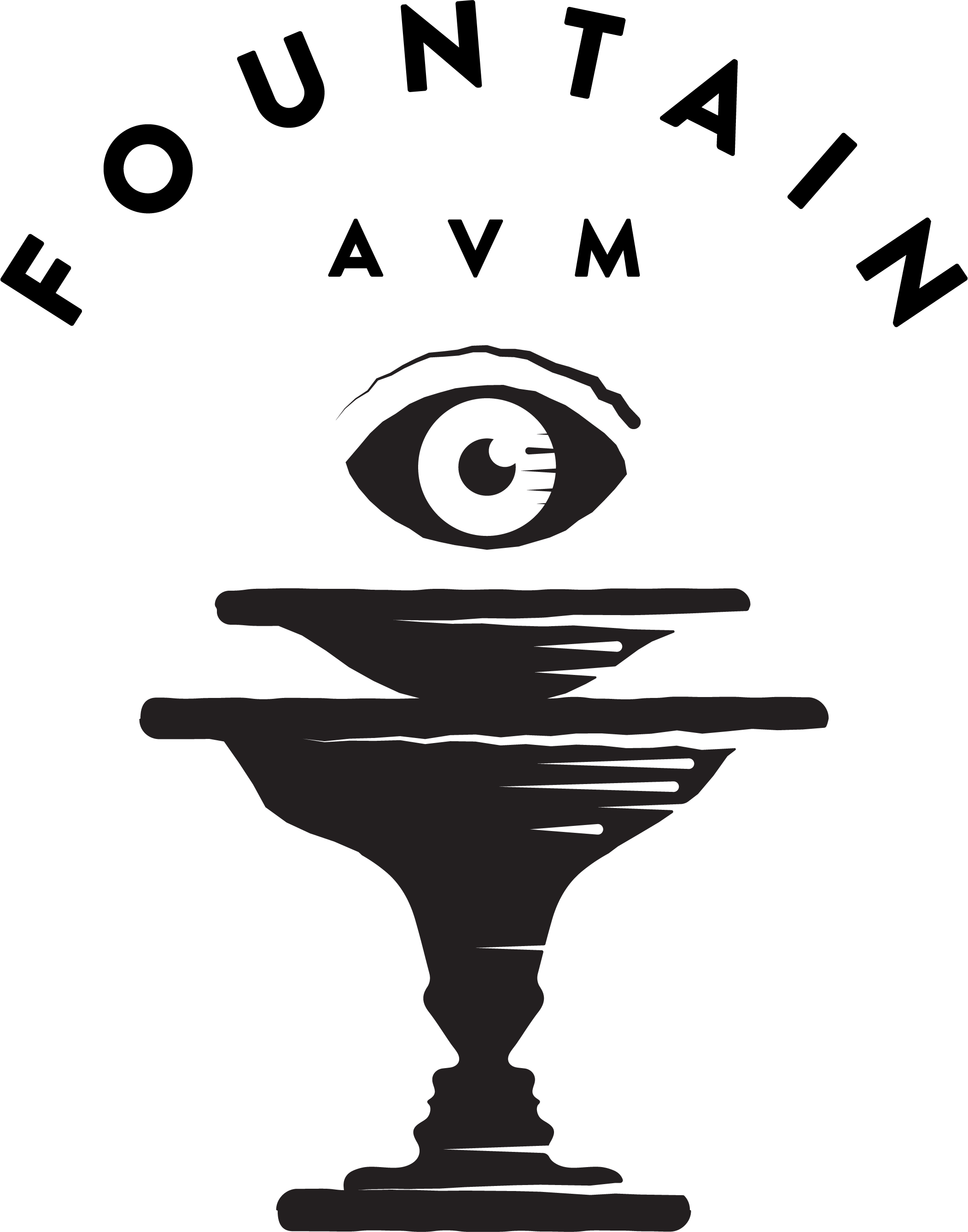Jon Scoville
Kami to Mai
Never released until now!
We invite you to stream Kami to Mai digitally right here.
International shoppers Find a Stockist in your region
Jon Scoville
Jon Scoville is an accomplished composer and dance accompanist, he has toured worldwide and accompanied many dancers. Scoville is the house composer for Tandy Beal & Company, which is run by his collaborator, muse, and spouse Tandy Beal.
Jon Scoville was, for 40 years, the music director of the Modern Dance program at the University of Utah. Additionally, he taught and accompanied in the U.S., Europe, South America, and Asia. His scores have been commissioned by Alwin Nikolais, Murray Louis, Tran Chan of Brazil, Laura Dean, the Oakland Ballet, the Pickle Family Circus, the Høvik Ballet of Norway, Compagnie Hors Taxes of Paris, the Ririe-Woodbury Dance Company, and various faculty in the dance program.
Jon is a recipient of a California Arts Council Composer’s Fellowship and grants from the Salt Lake Arts Commission and Santa Cruz Arts Council.
He is a co-author of Sound Designs, a book about the design and construction of musical instruments.



